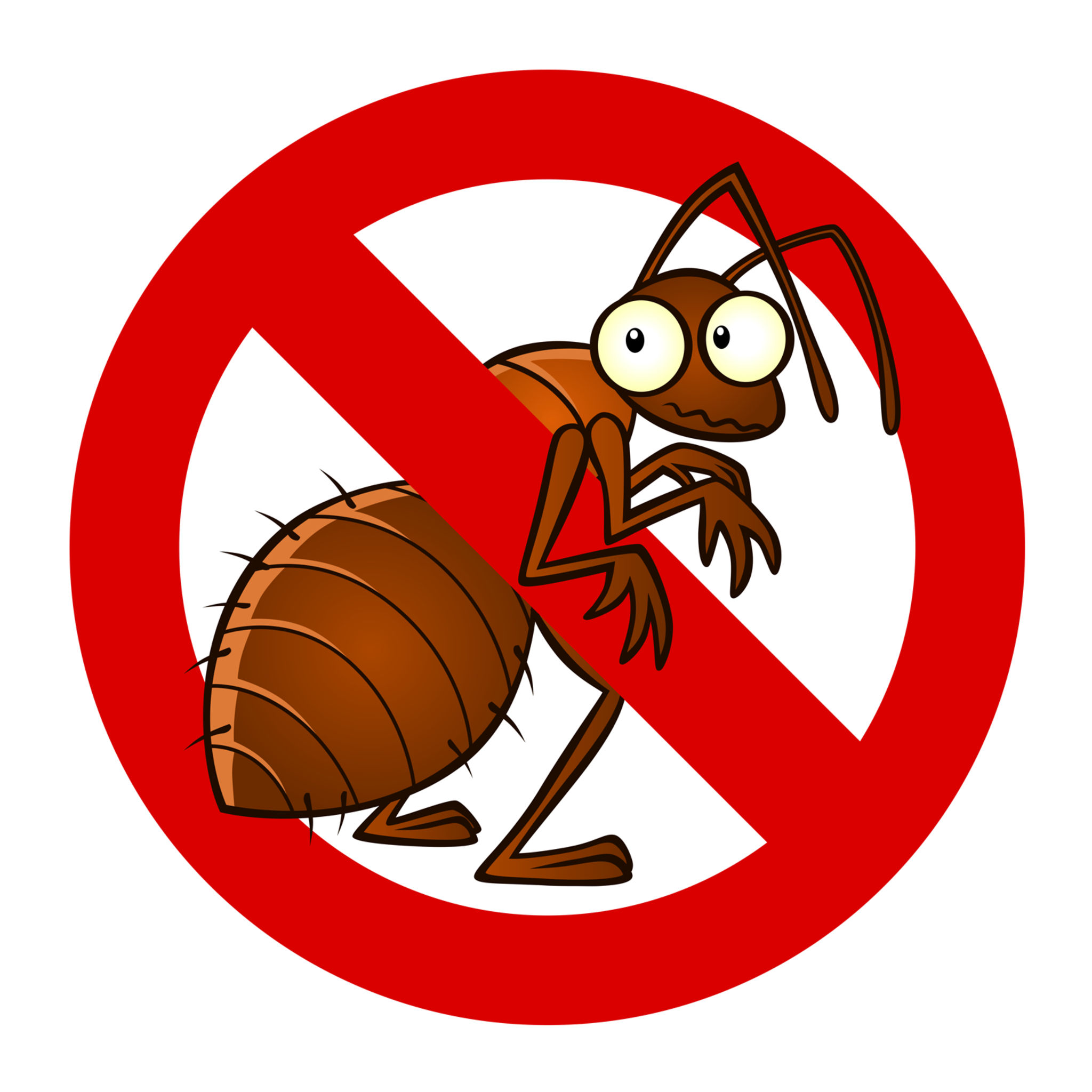Effective A1 Bed Bug Treatment in Charlotte - Safe and Proven Methods
Effective A1 Bed Bug Treatment in Charlotte - Safe and Proven Methods
Blog Article
Bed Pest Treatment Malfunction: Comparing Chemical Vs. Non-Chemical Solutions
In the world of bug control, particularly when handling the relentless concern of bed bugs, the option between chemical and non-chemical treatment remedies can be a pivotal one. Both strategies provide distinct benefits and drawbacks, influencing variables such as performance, security factors to consider, and total cost. By examining the nuanced information of each method, a clearer understanding of which course to pursue in dealing with a bed insect invasion can be acquired.
Performance of Chemical Therapies
Chemical therapies for bed bug infestations have been widely identified for their potent and rapid effectiveness in eradicating these insects. When taking into consideration the performance of chemical therapies, it is important to recognize that they can provide a extensive and fast option to a bed bug problem. Professional pest control operators usually depend on pesticides to target bed bugs at different stages of their life cycle, including eggs, adults, and nymphs. These chemicals commonly function by interfering with the bed pests' nerve system, resulting in paralysis and eventual death.
Moreover, chemical therapies have the benefit of providing residual results, suggesting that they can continue to remove bed pests even after the initial application. This recurring action is specifically valuable in combating any kind of possible re-infestations. Furthermore, the quick activity of chemical treatments can bring alleviation to individuals encountering extreme bed insect infestations, allowing them to reclaim control of their living rooms swiftly.
Safety Worry About Chemical Solutions
When utilizing chemical solutions for bed pest treatment is guaranteeing the security of residents and the environment,One vital element that needs cautious consideration. While chemical therapies can be effective in removing bed insects, they may pose threats otherwise handled effectively. Among the main safety interest in chemical solutions is the possible damage they can cause to human health and wellness. Direct exposure to specific chemicals used in bed pest treatments can cause respiratory system issues, skin irritation, or other unfavorable responses, specifically in individuals with pre-existing problems or sensitivities. In addition, inappropriate application or dosage of chemical pesticides can cause hazardous residues lingering in the cured area, posturing long-lasting health and wellness dangers to occupants.
Additionally, the ecological impact of chemical remedies is an additional significant consideration. Some chemicals made use of in bed insect therapies may be unsafe to useful pests, wild animals, and communities if they leach into the dirt or water supply. It is necessary to utilize chemical therapies carefully, following security standards, and taking into consideration much less poisonous alternatives to alleviate these threats and make certain the effective and safe management of bed pest infestations.
Benefits of Non-Chemical Approaches
Thinking about the prospective security issues and environmental effect connected with chemical options for bed pest therapy, exploring non-chemical approaches provides a promising choice with numerous distinct advantages. Non-chemical methods provide a much safer option for houses, particularly those with family pets, youngsters, or individuals conscious severe chemicals. These techniques eliminate the risks of exposure to toxic substances, reducing the potential for unfavorable health and wellness results. Moreover, non-chemical therapies are eco-friendly, as they do not add to air or water contamination, making them a sustainable selection for pest control.
Additionally, non-chemical remedies can be efficient in targeting bed bugs, including hard-to-reach locations where chemical treatments might not permeate. Methods such as warm treatment, vacuuming, heavy steam cleansing, and bed mattress encasements give extensive elimination without making use of unsafe chemicals. In addition, non-chemical approaches can be much less disruptive, calling for marginal preparation and permitting quicker reentry right into treated locations. Generally, deciding for non-chemical bed insect treatment techniques not just prioritizes security and environmental management yet additionally guarantees comprehensive web link and effective bug control.
Limitations of Non-Chemical Treatments

Furthermore, non-chemical therapies typically require numerous applications to attain successful obliteration. This can be lengthy and may not constantly guarantee full elimination of all bed insects and their eggs, particularly in surprise or hard-to-reach locations.
Moreover, the success of non-chemical treatments greatly counts on correct implementation and thoroughness, which can be testing for people without expert experience. Insufficient application of non-chemical methods might result in incomplete removal, resulting in consistent invasions and the need for extra treatments.
Consequently, while non-chemical therapies have their advantages, it is vital to acknowledge these limitations and consider them when figuring out one of the most efficient method for managing bed pest infestations.
Cost Contrast: Chemical Vs. Non-Chemical Options
Offered the limitations linked with non-chemical treatments, an essential element to evaluate in the context of bed pest administration is the cost comparison between chemical and non-chemical alternatives. In contrast, non-chemical therapies like heat therapy or steam can be much more costly, with expenses Read Full Report ranging from $1,000 to $6,000 for a whole home. While the first price of chemical therapies may seem lower, numerous therapies might be required to totally eliminate the problem, possibly raising the general price.
Conclusion

Thinking about the potential security worries and ecological impact connected with chemical options for bed pest therapy, discovering non-chemical methods provides an appealing choice with a number of distinctive advantages.Given the limitations associated with non-chemical treatments, an important element to review in the context of bed pest monitoring is the cost comparison in between chemical and non-chemical alternatives. In comparison, non-chemical treatments like warm therapy or heavy steam can be extra expensive, with expenses varying from $1,000 to $6,000 for an entire home. While the preliminary expense of chemical treatments may appear reduced, several treatments may be needed to completely eradicate the invasion, possibly enhancing the overall price.In verdict, when contrasting chemical and non-chemical bed insect treatment choices, it is essential to take into consideration performance, safety and security, advantages, constraints, and price.
Report this page